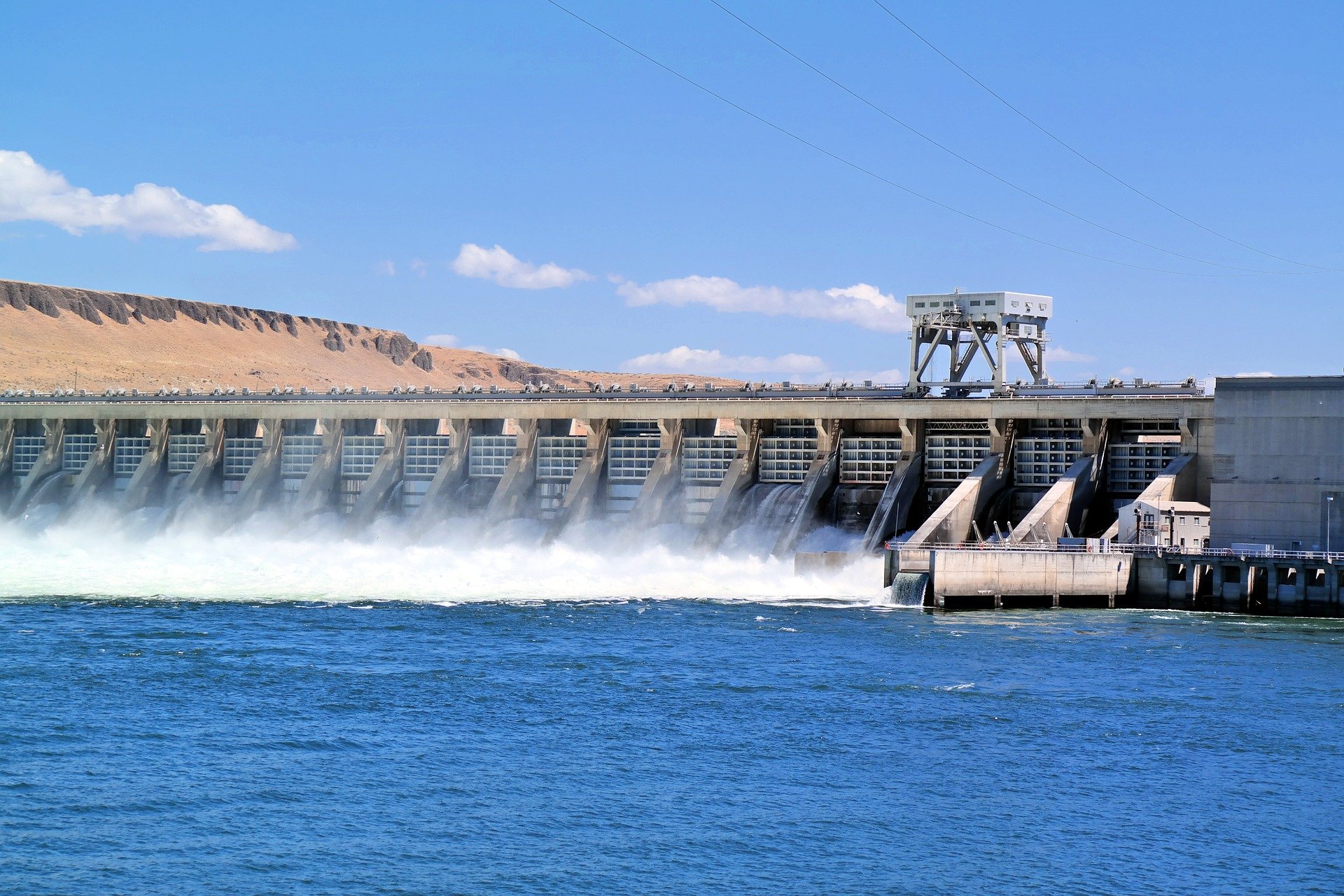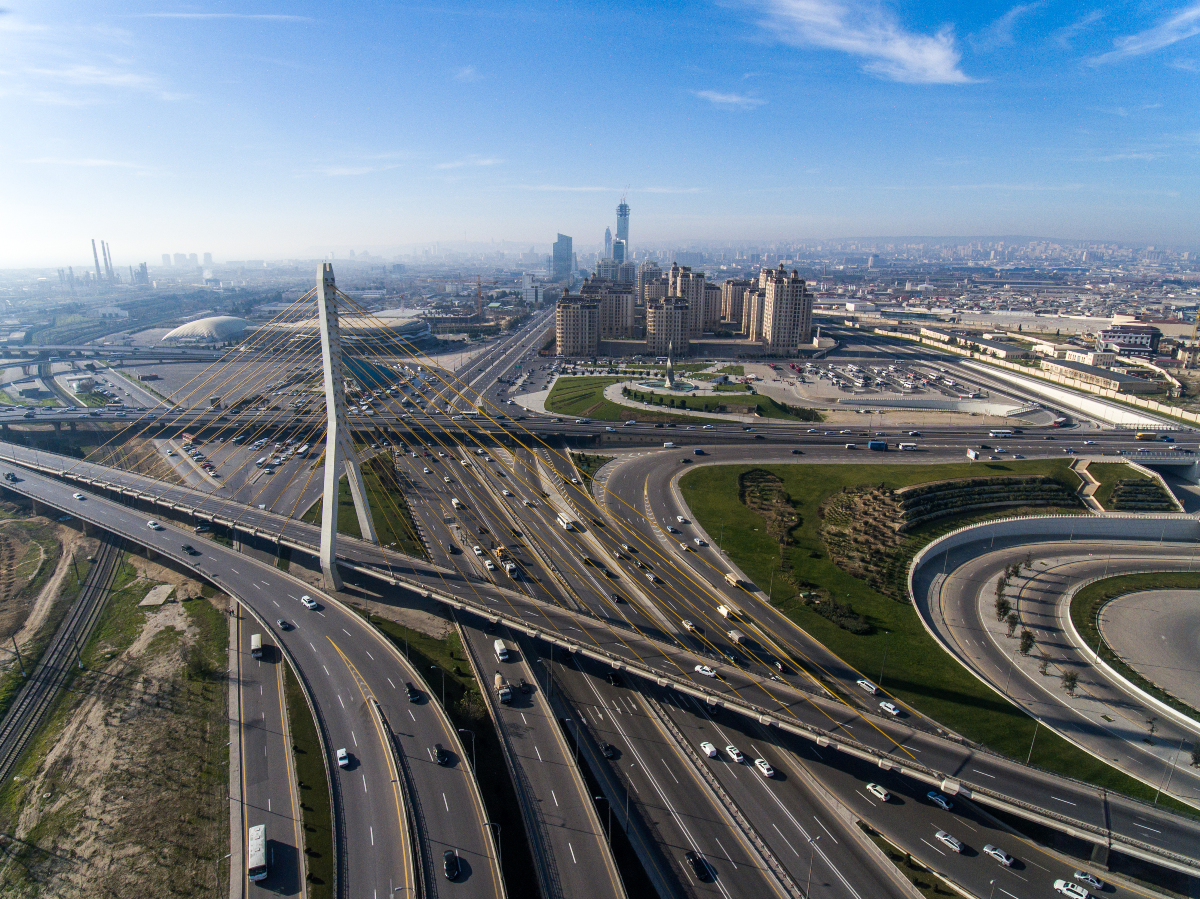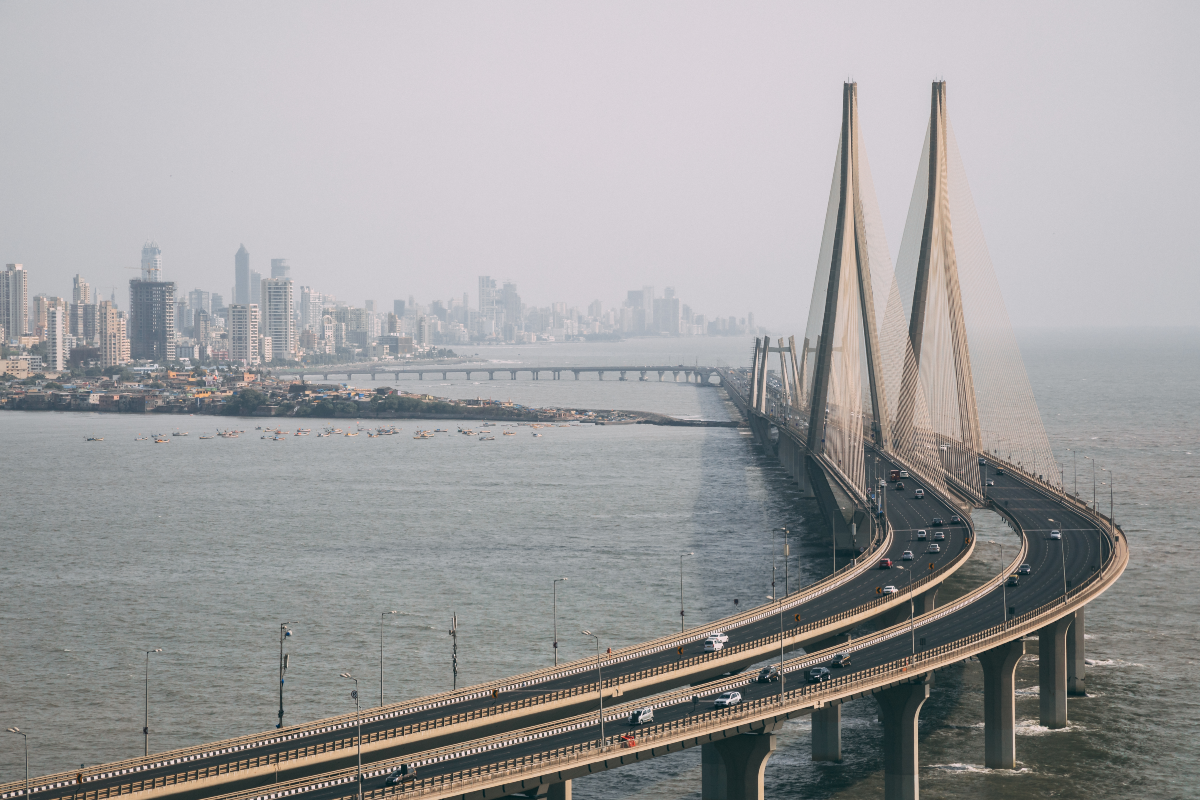
Informing decisions about disaster resilient infrastructure systems… everywhere
By Prof. Jim Hall, University of Oxford
Last week, large parts of the power network in Texas failed when the state was hit by exceptionally cold weather, which froze pipes and pumps at a time of high electricity demand. The impacts were severe and wide-spread because the network was not resilient – there was not sufficient back-up capacity and, unlike other parts of the USA, the power network is not interconnected to other supplies further afield.
The Texas disaster illustrates the many ways in which infrastructure failures can propagate through societies and economies: first and foremost, people have lost their lives in freezing cold homes and vehicles, but businesses have also been interrupted and people have not been able to travel to work, so supply chains were disrupted with wide economic impacts, some of them beyond the state of Texas. On this occasion I guess that normal economic activity in Texas will bounce back fairly quickly, but too often when infrastructure is impacted by natural disasters it can take months or even years to fully recover. And then there are the political impacts… who knows how legislators in the Lone Star State will respond to this avoidable catastrophe, but if they look rationally at the human and economic losses that the state has just incurred they should conclude that tighter regulation of the power system, mandating additional resilience, will be worth the cost of a few extra dollars on energy bills.
If regulators in Texas, or anywhere else in the world for that matter, want to know how to deploy their scarce resources to enhance infrastructure network resilience, they will reasonably ask: where do we start? This is a good question to which there is seldom an easy answer, because infrastructure networks are complex and they can be impacted in many different ways by natural, and man-made, disasters. It is not immediately obvious how failure of a small number of assets in a network can lead to cascading failure when other parts of the network become overloaded and also drop out of action. There are complex interdependencies between infrastructure networks, some of which were illustrated in the Texan big freeze: electricity power plants need gas supplies and water intakes… which can freeze.
Engineers who know their systems well will understand their everyday behaviour, but they’ll inevitably have much less experience of how disasters materialise, and they will seldom know enough about the other infrastructure systems upon which they depend. This is where two crucial aspects of disaster preparedness come in: stress testing and exercises. A stress test seeks to expose the potential consequences of carefully specified scenarios of external shocks. Stress tests are familiar in the finance sector and insurance industry to analyse financial stability, not just of individual organisations, but also the systemic risks that can emerge from interdependent systems of counterparties. Simulation exercises are widely used by emergency services to practice disaster response. A three-day exercise called Cygnus was carried out in England in 2016 to simulate the response to a hypothetical H2N2 epidemic – sadly the most important lessons learnt from that exercise were not taken on board, so the UK was less well prepared than it should have been when it was struck by SARS-CoV-2.
Stress tests and exercises are related, because they both involve using simulated conditions to help understand the performance of systems under extreme conditions. That is where the research of my group in the University of Oxford comes in. For many years we have been doing computer-based and statistical simulations of nature hazards – floods, droughts, coastal storm surges and so on – to create ‘event sets’ for stress testing. Over the last decade our attention has increasingly focussed upon the performance of infrastructure networks, and the social, economic and environmental consequences of failure – at present and in scenarios of future climate and socio-economic conditions. We model large energy, water, transport and telecommunications networks as interdependent systems, and we stress-test those systems under an extraordinarily large range of possibly damaging conditions. Our research is being transformed by the emergence of big new datasets, obtained from satellites and crowd-sourcing. In a recent study, published in the journal Nature Communications, we analysed the risks from multiple natural hazards to more than 60 million km of roads globally, obtained from OpenStreetMap. Satellite observations of lights at night enables us to analyse power networks globally. We use satellite ship tracking and identification to monitor trade flows and analyse how damaging storms at ports can impact supply chains worldwide.
This analysis is providing game-changing insights into the resilience of infrastructure networks at a global scale. It also provides the starting point for more in-depth analysis at national and sub-national scales. The global infrastructure risk and resilience platform that we are creating in collaboration with CDRI and other partners contains layers of global datasets, which can then be supplemented with more specific national data to quantifying hard-to-get facts like infrastructure asset condition. At national scales, our analysis has pinpointed hotspots of criticality where the benefits of investing in resilience are greatest. Quantified analysis of the risks from climate change provides infrastructure investors with the information that they need to properly price risk and disclose to regulators the physical climate risks to which they are exposed.
A revolution is under way in the analysis of disaster risks to infrastructure systems… everywhere on Earth. This is being fuelled by transformative new datasets and powered by computers that are enabling AI and system simulation on almost inconceivable scales. But data and computation are not enough. To fully understand resilience, we need to appreciate humans and organisations – How diligent are maintenance regimes and asset management systems? How much capacity do utilities have to cope with and learn from shocks? Do governments have the financial resources and access to disaster risk finance which they need to recover from disasters and build back better? Through partnership with CDRI, my research group in the University of Oxford are hoping to answer these questions and provide new insights into the resilience of infrastructure systems… everywhere.
Prof. Jim Hall is Professor of Climate and Environmental Risks at the University of Oxford.
The views and opinions expressed in this blog are those of the author and do not necessarily reflect those of the Coalition for Disaster Resilient Infrastructure (CDRI).
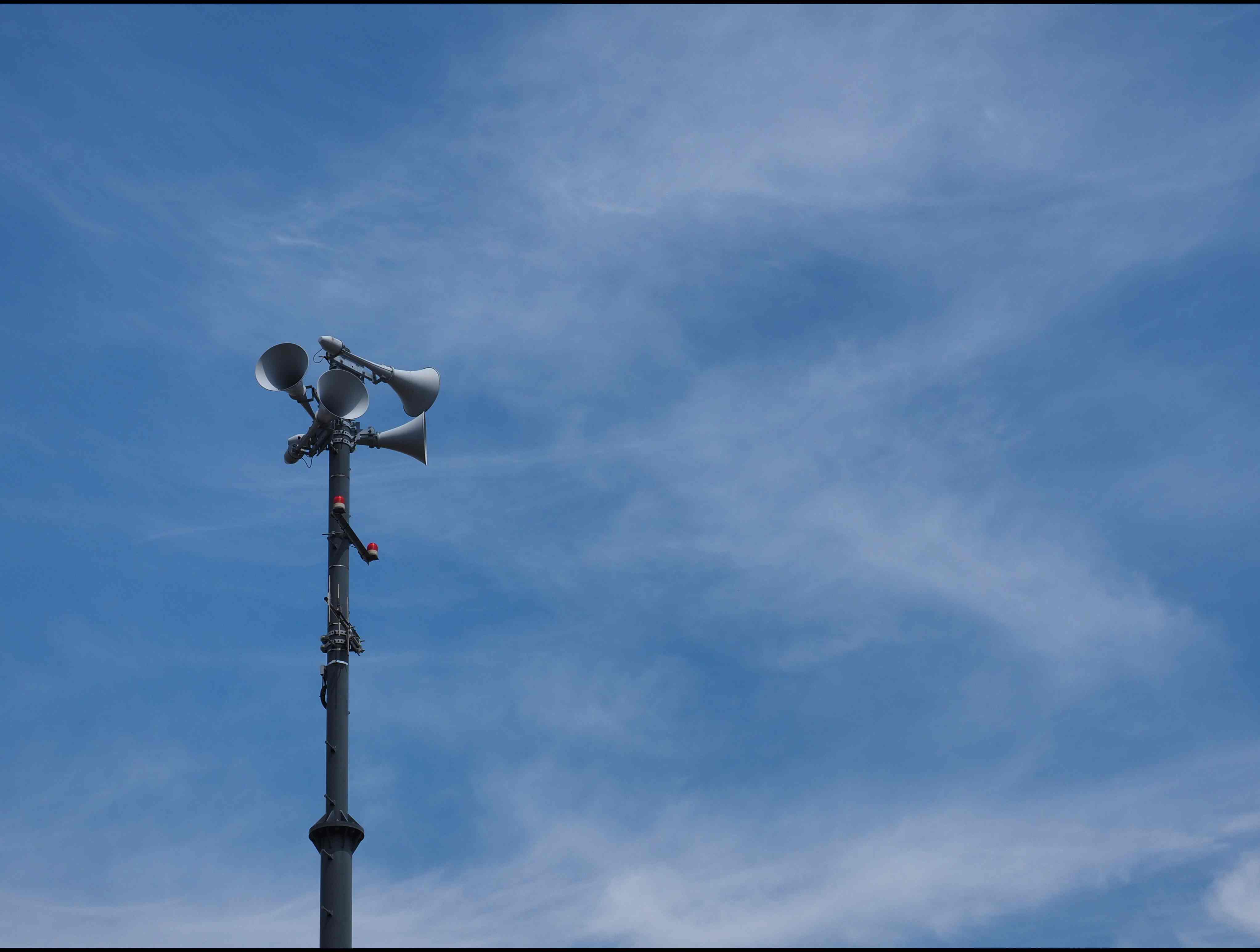

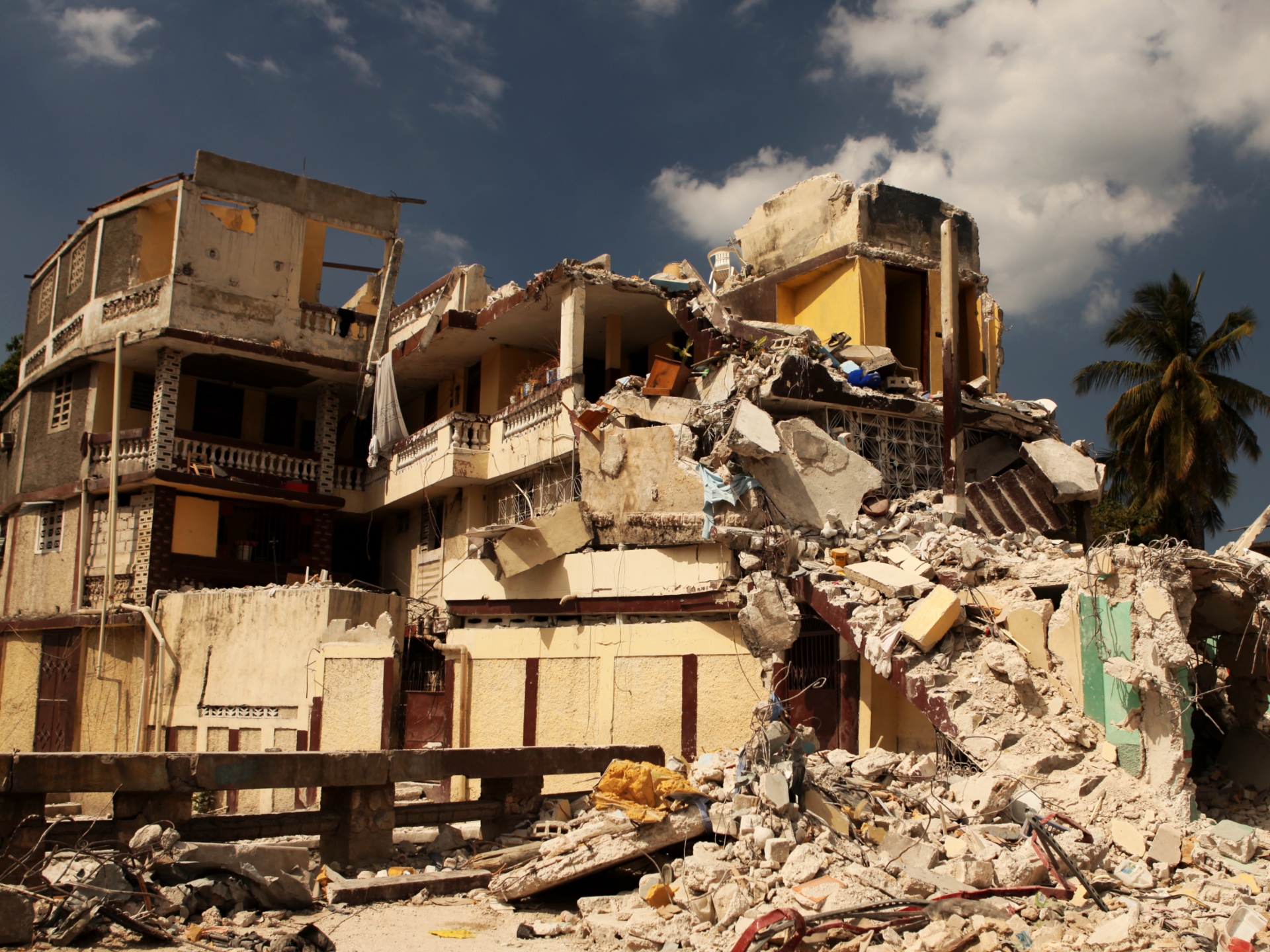
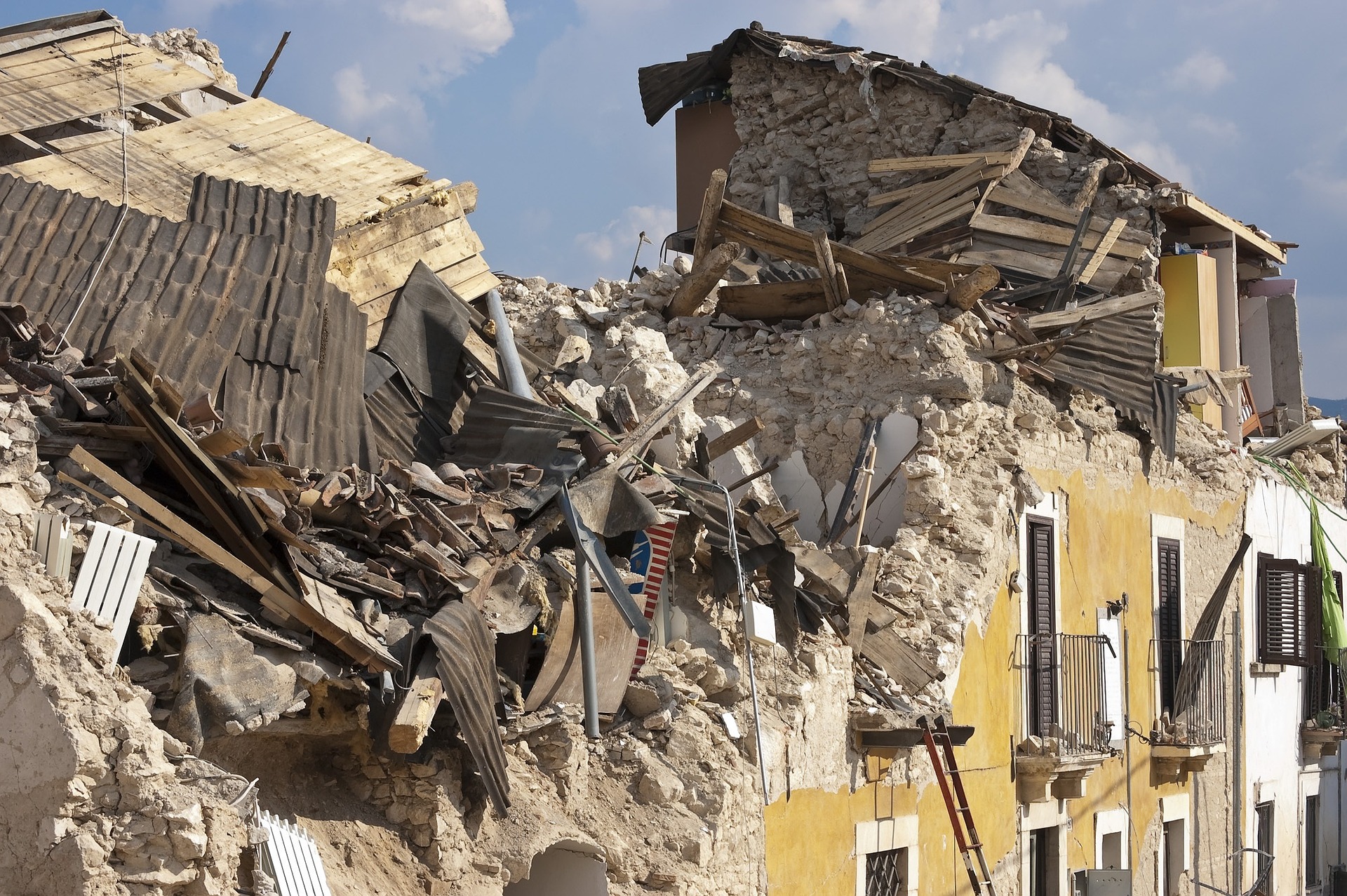
.jpg)
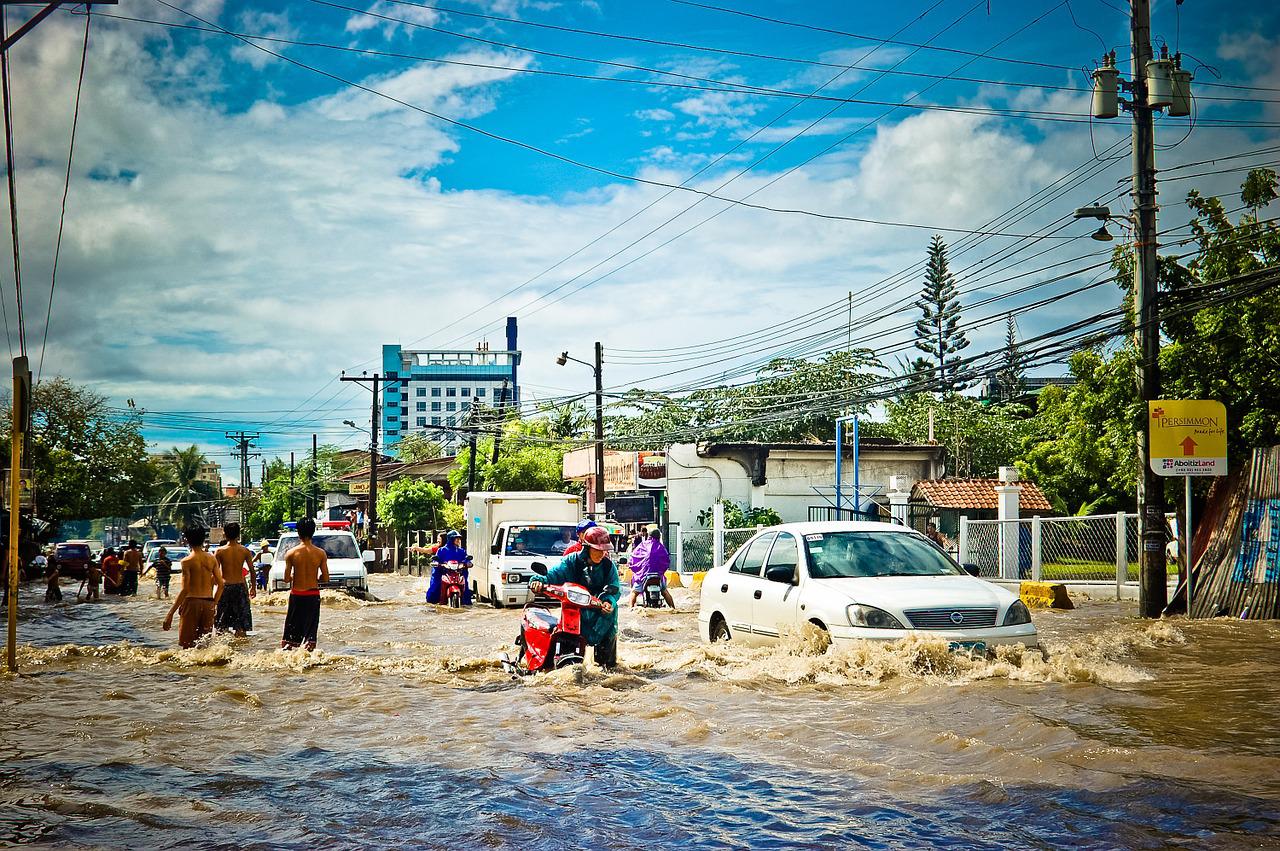
.jpg)
